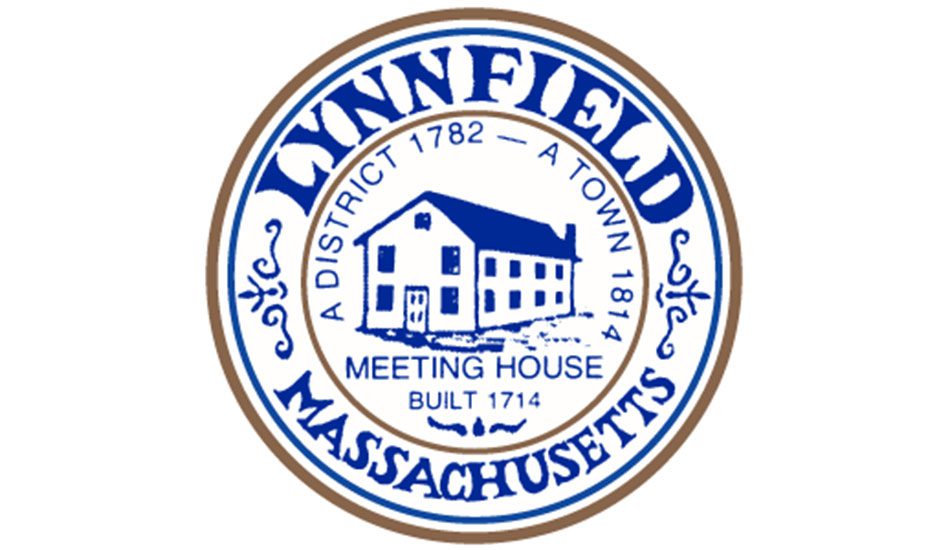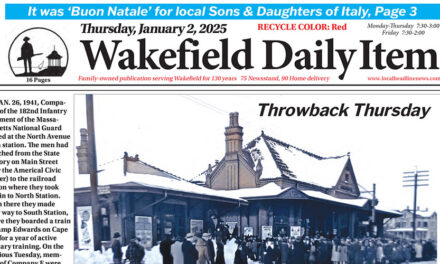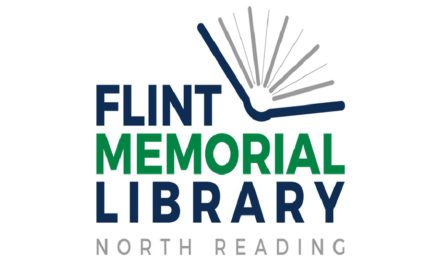By DAN TOMASELLO
LYNNFIELD — A plan seeking to increase funding for the Department of Public Works’ road construction program will be voted on during Fall Town Meeting on Wednesday, Nov. 13, beginning at 7 p.m. in the Lynnfield Middle School auditorium.
Article 6 will request Fall Town Meeting to approve the DPW’s 10-year roadway improvement, totaling $12,850,000. The road construction program and the $18.3 million Lynnfield Public Library renovation project are the two debt exclusions that will be voted on by Fall Town Meeting. A quorum of 175 voters is needed for Fall Town Meeting to take place.
Town Administrator Rob Dolan said during a “Town Talk” episode that that the Select Board requested that the DPW develop a long-term road improvement plan.
“A lot of the development in our town happened in the late 1950s, 1960s and 1970s,” said Dolan. “We are now at a time when those roads are all starting to fall apart at the same time.”
DPW Director John Scenna said the town has used the Beta Group since 2016 in order to evaluate the town’s roadway network every three years. The engineering firm developed a 10-year road improvement program, totaling $23,458,212.43.
Dolan said the Beta Group is recommending that the town invest $2 million annually in order to improve the condition of the town’s streets. In addition to appropriating $300,000 in the capital budget and using $415,000 in Chapter 90 road construction funds awarded by the state each fiscal year, Dolan said the firm recommended that the town request voters to approve a 10-year capital debt exclusion that will appropriate $1,285,000 annually for 10 years.
“The borrowing results in a residential tax increase equal to $258 per house on an averaged assessed home for 10 years,” said Dolan. “If it does pass Town Meeting, which will require a two-thirds vote, there will be a debt exclusion election on Jan. 6 in which you have a second chance.”
Scenna said the DPW’s road construction program was previously funded only with Chapter 90 funds awarded by the state, which totals $415,000 annually. He said that practice changed seven years ago.
“In 2017, the town started to match that Chapter 90 level and we started to make some headway and progress by doing a larger road program,” said Scenna. “But that just isn’t enough. We are treading water with our roadway improvements.”
Scenna said inflation and increased labor costs have had an impact on road construction.
“You definitely can’t do as much today as you could a decade ago,” said Scenna. “Coming out of COVID, there were wage adjustments and the cost of material was higher. The cost per foot for roadway repairs is definitely higher.”
Scenna said the Beta Group used a zero to 100 score in order to rank the condition of the town’s streets from worst to best. He said the town’s overall roadway network score was 69.7. He said a third of the town’s streets are in poor condition, a third are in fair condition and a third are in good condition.
“We are on the bottom end of the average,” said Scenna about the roadway network’s overall score.
While Scenna said the road improvement program will “distribute the funds amongst all three groups,” he said “most of the funding” seeks to repair the streets that are in poor condition.
“This will improve our overall roadway ranking to 76,” said Scenna. “If we can invest $2 million for the next 10 years, we will go from the bottom of the range to the top of the range. We feel as a department in speaking with the staff that $2 million is the right level of roadway expenditure.”
Dolan also noted that the State Legislature often does not approve the Chapter 90 bill until the summer instead of during the spring.
“That is more than halfway through the construction season,” said Dolan.
Scenna said the DPW would be able to hire its own contractors to undertake road construction instead of sharing them with North Reading and Middleton if voters approve the plan.
“If this program were to pass, we would have the ability to plan in the winter,” said Scenna. “We would have the funding in place in February. We could tell our contractors what we are doing in the spring, what we are doing in the summer and when the Chapter 90 money comes in July, that would be the fall program. We could do triple what we are doing.”





